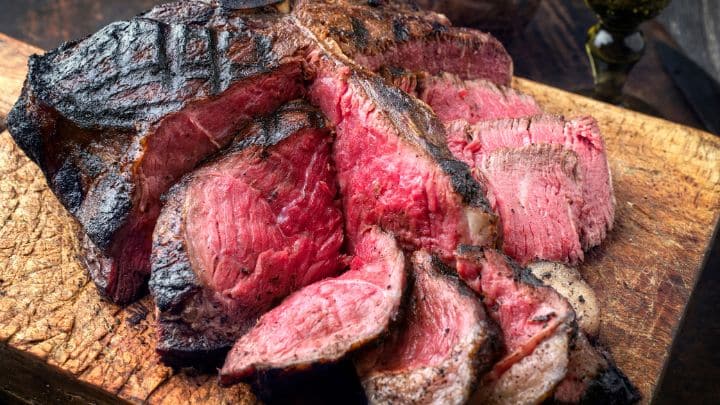
The thought of a dry aged roast might make your taste buds tingle with anticipation. What makes this meat better than an ordinary roast? What’s the secret behind that burst of flavor and tenderness?
The secret of dry-aged roast’s unparalleled taste lies in a meticulously controlled process that might seem counterintuitive to some: allowing the meat to age. Let’s take a look at what makes dry-aged roasts different from normal roasts.
The dry aging process can last for weeks or months, and the beef undergoes a transformation. It loses moisture, causing the flavors to concentrate. Simultaneously, natural enzymes break down the muscle fibers, resulting in a steak that’s more flavorful and remarkably tender.
In comparison, normal roasts miss out on this luxurious aging process, going straight from the slaughterhouse to the pan. The dry-aged roast, on the other hand, has the privilege of time to develop a richer, fuller, and deeper flavor.
When biting into a piece of patiently aged steak, you would first notice the distinct, nutty flavor, a signature of dry-aged beef. This is followed by a depth of taste that is both rich and complex, surpassing the simple, meaty flavor of an ordinary roast.
This taste explosion results from the dry-aging process, where the beef’s natural enzymes enhance the beef’s flavors and tenderize the meat. A normal roast, though satisfying in its own way, cannot match the depth and complexity of a dry-aged roast.
As the meat ages, the enzymatic activity results in a texture so tender, it practically melts in your mouth! A normal roast doesn’t undergo this transformative process, resulting in a texture that lacks the buttery quality of a dry-aged roast.
Dry aged meat develops an aroma that’s deeply satisfying—an earthy, nutty, and surprisingly sweet scent. This aromatic profile starkly contrasts with a regular roast, which carries a simpler scent. When a dry-aged roast wafts through the kitchen, it fills the room with an irresistible, mouthwatering allure, setting it apart from any other roast.
When you first lay eyes on a dry-aged roast, one distinctive feature sets it apart from its regular counterparts: a dark, crunchy crust. This crust develops throughout the aging process, acting as a protective layer that seals in the moisture and flavors.
When the meat hits the pan, the high heat caramelizes the natural sugars on the surface, transforming the crust into a crunchy, savory delight. This texture adds a satisfying contrast to the tender, melt-in-your-mouth interior.
Let’s get back to the main question: what makes dry-aged roasts different from normal roasts? The simple answer? The dry aging process!
Fortunately, you don’t have to wait weeks or months dry aging your own roast to experience this culinary delight. Vincent’s Meat Market has prime rib roast for sale, dry-aged and ready to take your tastebuds on a flavorful tour.

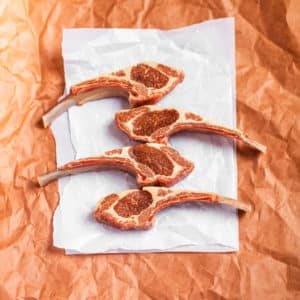
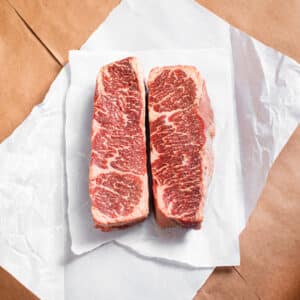
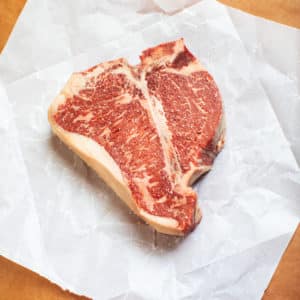
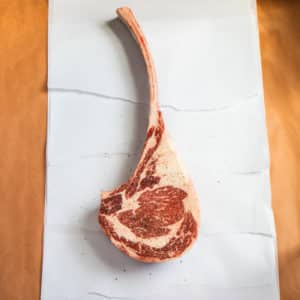
Fast Support! Text us:
